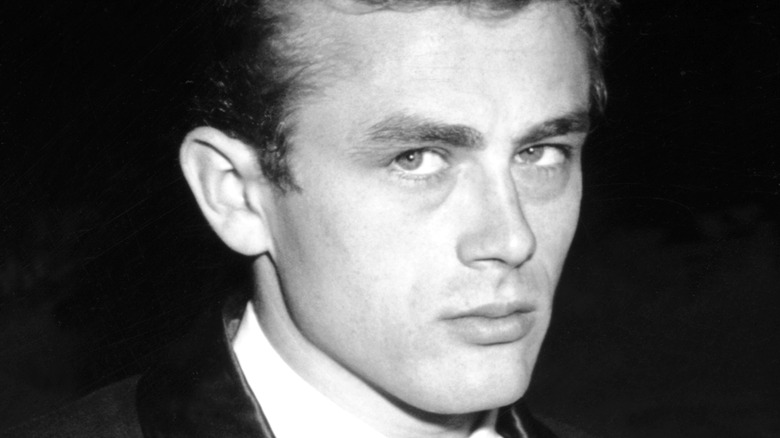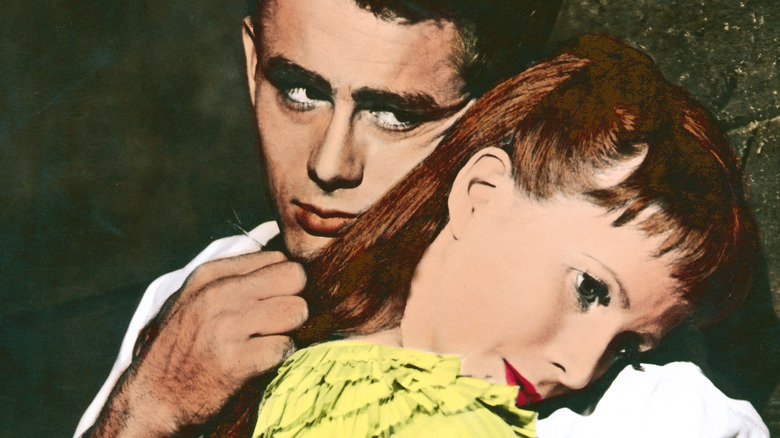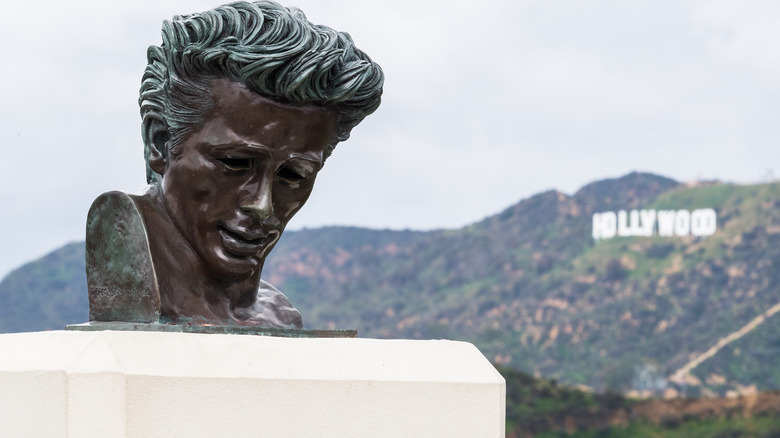The Hidden Talent That James Dean Had In His Brief Life
An early death is always a tragedy, but dying young with talent is a kind of immortality. That sounds cynical, but these people will forever be young, beautiful, and gifted; they will never get old or boring. They will never fall short of their potential.
Consider James Dean, for example. The star of only three films, he died at 24, an age when many people are still not firmly adults. He's not an icon in spite of his early death: he's an icon because of his early death. He never had a chance to outgrow his adolescent good looks, and he never had a chance to exhaust his gift for raw, complex acting. The face that appears on posters and book jackets and T-shirts all over the world contains millions of roles he never played but could have. His talent, cut off early, is infinite now that he's dead.
Art and passion
James Dean had a life beyond acting, of course. His love of fast cars, for example, eventually killed him. He had other interests, too. Few people know that like fellow Midwesterners Ernest Hemingway and Orson Welles, Dean was fascinated by bullfighting. A photo by Dennis Stock, featured in GQ, shows him relaxing at home under a mounted set of horns and a matador's cape. (We'll never know which actor in that violent drama he identified with more: the matador, a precise and cold-blooded artist, or the bull, a roaring animal in pain.)
It's also a bit of a secret that Dean was an artist as well as an actor. Biographies of Dean show him painting, sketching, and sculpting in his free time. According to "Rebel: the Life and Legend of James Dean," the young actor painted scenery for the theaters where he worked before his film career and had an "evident talent" for drawing and sculpting in clay. In one anecdote, Dean shows off his bullfighting sketches to his (decidedly unimpressed) friends.
Pure potential
Some of Dean's artwork ended up in galleries. The art history blog Alberti's Window explores a few of them, including the paintings in the James Dean Gallery in Deans' birth state of Indiana.
According to the blog, Dean had something less than "great artistic talent;" this would confirm the story from "Rebel" about the sketches and the unimpressed friends. Nevertheless, Dean had no lack of creativity, and his appreciation for art history made its mark on his acting. Many of his poses in photo shoots, for instance, were taken from great art. In one photo, snapped by Roy Schatt in 1954, Dean glares off-camera with one fist clutched against his chest, just under the strap of his neck muscles. He was recreating Michelangelo's David, a fact lost on Schatt. His pose at the beginning of "Rebel Without a Cause," which shows him lying on the ground, was a similar imitation, this time of Manet's "Dead Toreador."
Another James Dean fan blog hosts sketches that they claim to be Dean's. The quality is uneven. One, purportedly from high school, shows obelisks and eyeballs in clumsy imitation of Dalí. But others show sensitivity, like a quick sketch of a hand. Like their maker, they are pure potential, not finished works.


